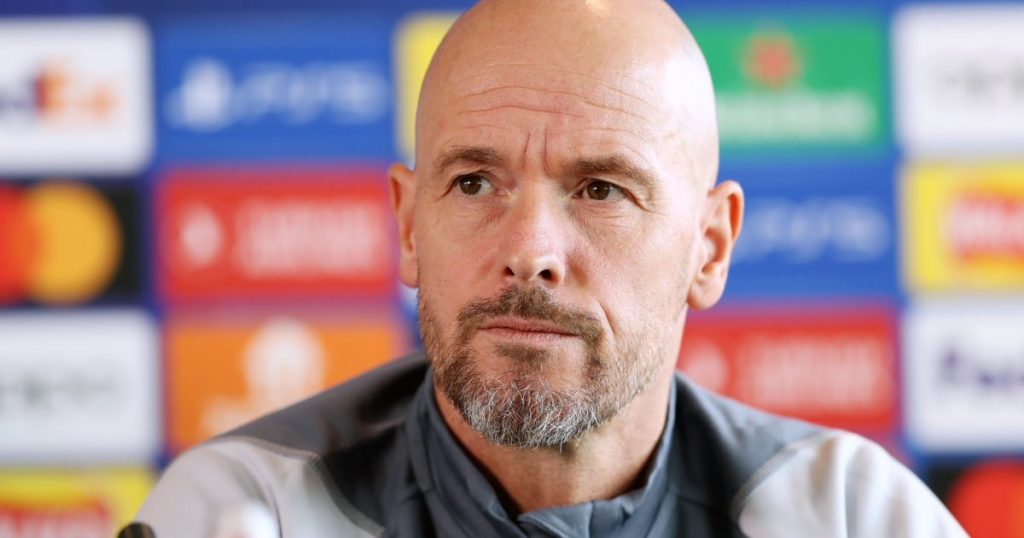Manchester United’s recent dismissal of manager Erik ten Hag has sent ripples throughout the football world, not just for the change in leadership itself, but also for the substantial financial implications. The club reportedly shelled out £14.5 million in compensation to Ten Hag, a figure that underscores the escalating costs of managerial turnover in the English Premier League (EPL). This hefty payout highlights the precarious nature of managerial positions in the top flight, where even a manager with a relatively short tenure like Ten Hag can command significant compensation upon dismissal. It also raises questions about the long-term financial sustainability of this model for clubs, especially when considering the increasing frequency of managerial changes.
The Ten Hag case serves as a stark example of a broader trend in the EPL, and indeed across top-tier European football. Clubs are increasingly willing to spend significant sums to acquire top managerial talent, often luring them away from existing contracts with substantial compensation packages. However, the pressure to deliver immediate results in the highly competitive EPL environment can lead to equally rapid dismissals, triggering these costly severance payments. This cycle of hiring and firing managers has become a significant financial burden for many clubs, raising concerns about the long-term stability and viability of this approach. The pressure from owners and fans for instant success often clashes with the time required for a manager to implement their vision and build a successful team, creating a volatile and expensive landscape for both clubs and managers.
This managerial merry-go-round is not unique to Manchester United. Other EPL clubs have also incurred significant expenses in recent years due to managerial changes. Chelsea, for example, is notorious for its frequent changes in leadership, often accompanied by hefty payouts. This practice not only impacts the club’s finances but can also create instability within the squad and disrupt the team’s overall performance. The constant change in tactical approaches and playing styles can hinder player development and make it difficult to establish a consistent, winning formula. This phenomenon is further exacerbated by the increasing influence of player power, where dissatisfaction within the squad can contribute to a manager’s downfall.
Furthermore, the high cost of managerial dismissals can have wider ramifications for the EPL as a whole. It can contribute to an environment where short-term gains are prioritized over long-term strategic planning and development. Clubs may be more reluctant to invest in youth academies and focus on developing young talent if they feel pressured to deliver immediate results to justify the high cost of managerial changes. This short-term focus can have detrimental effects on the overall quality and competitiveness of the league in the long run. The financial burden can also create a disparity between the richer clubs, who can afford these expensive changes with less impact, and smaller clubs, who are more vulnerable to the financial strain of such decisions.
The rising costs associated with managerial changes raise important questions about the governance and financial management of EPL clubs. Are clubs adequately assessing the long-term implications of these decisions, or are they succumbing to the pressure of short-term expectations? Is there a need for greater regulation or oversight to ensure financial responsibility and stability within the league? The current system seems to incentivize short-term thinking, which could ultimately harm the long-term competitiveness and sustainability of the EPL. Finding a balance between the desire for immediate success and the need for long-term stability is crucial for the future of the league.
In conclusion, the £14.5 million paid to Erik ten Hag represents a significant financial outlay for Manchester United and highlights the broader issue of escalating managerial costs within the EPL. This trend, fueled by the pressure for immediate success and the increasing frequency of managerial changes, poses a threat to the long-term financial stability and competitiveness of the league. It raises questions about the decision-making processes within clubs, the balance between short-term and long-term goals, and the potential need for greater regulation to address this escalating financial burden. The case of Ten Hag serves as a cautionary tale and a call for reflection on the sustainability of the current managerial model in the EPL. Ultimately, finding a sustainable solution that balances the demands for success with the need for financial prudence is critical for the future health and prosperity of the English Premier League.


